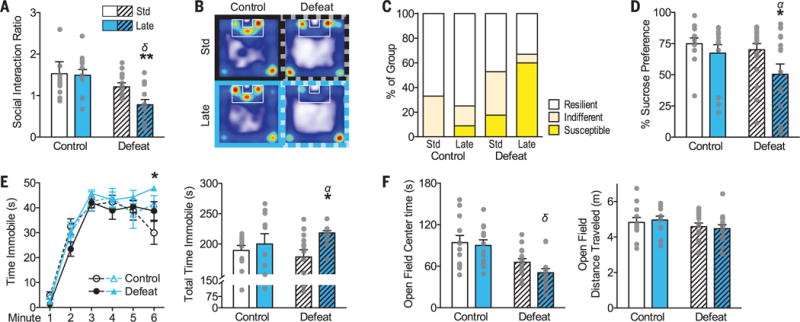Fig. 1. Early life stress enhances susceptibility to depression-like behavior.

(A) Social interaction ratio and (B) exploration heat maps with social target present within the outlined zone. (C) Proportions of susceptible, indifferent, and resilient mice in each group. (D) Percentage preference for 1% sucrose solution in a two-bottle choice test. (E) Time immobile in a forced swim test (left) at each min and (right) total. (F) Open field center (left) exploration time and (right) total distance traveled. See table S2 for group sizes. Bars show means ± SEM overlaid with individual data points. *P < 0.05, **P < 0.01 indicate post hoc differences between socially defeated groups; α and δ indicate main effects (P < 0.05) of late postnatal stress (Late) or adult social defeat stress (Defeat), respectively.
